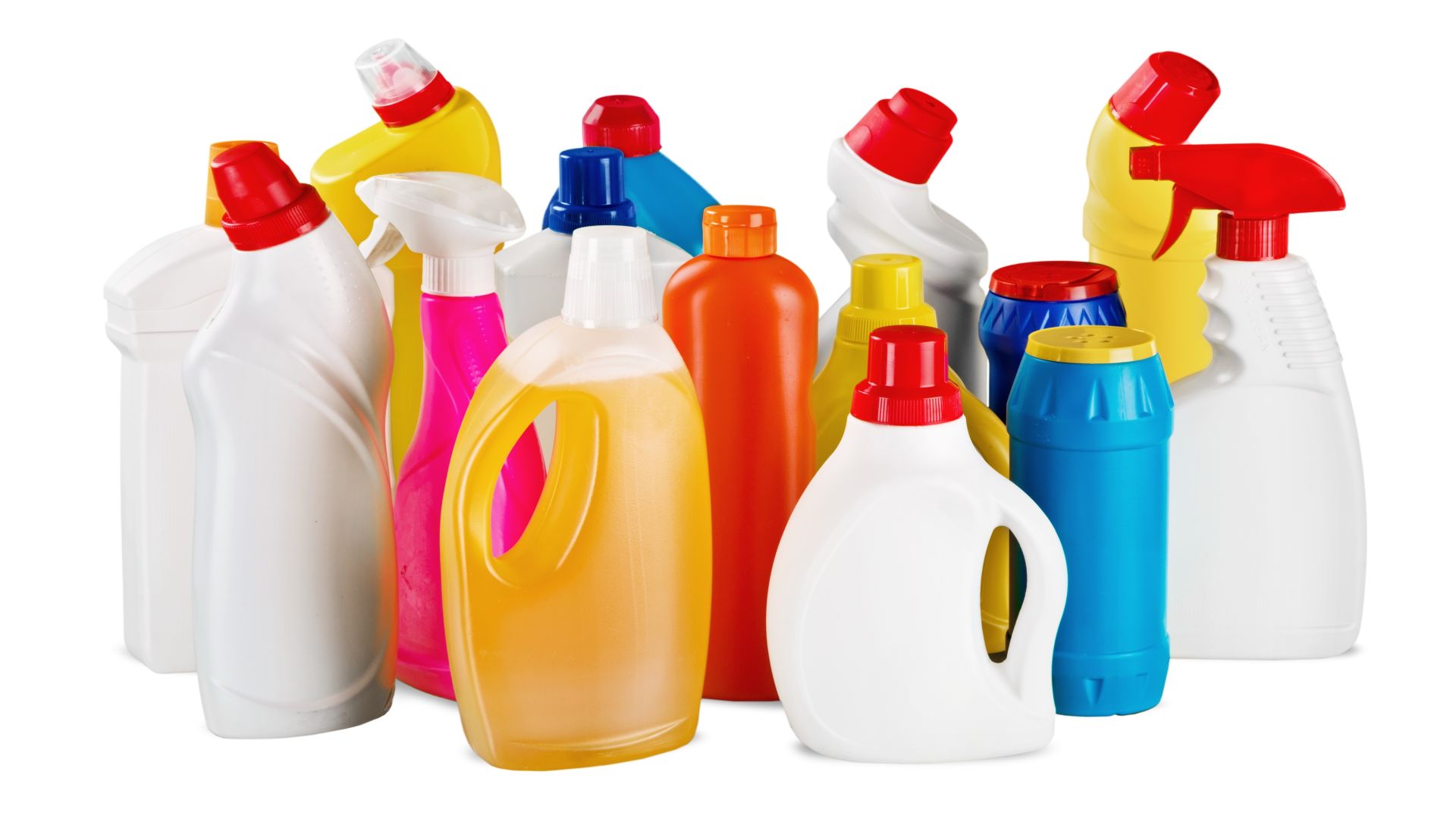The ongoing COVID-19 pandemic has people from around the world taking several preventive measures to ensure the virus does not enter their house, including those recommended by official health authorities including the Centre for Disease Control and Prevention as well as the World Health Organization themselves.
However, now a new report that occurs in the CDC journal Morbidity and Mortality Weekly Report shows one of the adverse effects of following the instructions to protect against the coronavirus infection incorrectly.
Recently, different cases of people with toxic exposure have been increasingly reported including that of a woman who was hospitalized after the exposure from her very own kitchen sink and of a toddler who swallowed hand sanitizer accidentally.
The new report shows that as people are now taking as many additional steps as they can in order to avoid contracting the coronavirus infection, they may be putting themselves at a higher risk of other health complications including a bigger risk of exposure to toxins.
Disinfecting homes is indeed one of the fundamental parts of avoiding COVID-19 and many other pathogens as well. However, using disinfectant too many times or using the wrong combination of chemicals can significantly raise the chances of a poisoning emergency.
The team at CDC, led by Dr. Arthur Chang states in the report that “Exposures to cleaners and disinfectants reported to NPDS [the National Poison Data System] increased substantially in early March 2020,”
In comparison with last year, the National Poison Data System has stated that the reports have gone up to twenty percent this year especially after the rise of the COVID-19 pandemic.
RELATED: Warning – Do Not Use Homemade Sex Toys During COVID-19 Pandemic
The emergency physician at Lenox Hill Hospital in New York City, Dr. Robert Glatter says that the toxins in the disinfectants commonly used in the US, as well as the rest of the world, kill all kinds of germs but they are also toxic to humans as well.
He emphasizes that while keeping hands safe via using sanitizer and homes clean with disinfectants is suggested normally and especially now during a global health crisis, it is also equally important to ensure there are no chances of poisoning which may lead to an ER visit.
It is especially important to look out for what combination of chemicals to use when disinfecting the house. For instance, bleach is one of the most commonly used disinfectants ever since the beginning of the COVID-19 pandemic, according to the CDC.
Where bleach is highly effective in killing pathogens, its harmful effects are also well-known and documented, which is why experts suggest to use it with great caution and in controlled amounts.
In one of the recently reported cases of poisoning, a woman was rushed to a hospital after exposure from the kitchen sink. The woman had heard about disinfecting groceries before usage.
To do so, she made a solution of vinegar, ten percent bleach, and hot water in order to clean the groceries in her sink. The combination is deadly as vinegar and bleach together produce the toxic chlorine gas.
Without proper ventilation, chlorine can cause difficulty in breathing and even death. Fortunately, the woman had called 911 immediately and was rushed to the ER.
To avoid a similar situation, the report urges people to carefully select a safe amount of their chosen disinfectant. The Environmental Protection Agency also provides a list of disinfectants that can be used. This also applies in the case of hand sanitizers.
Homemade and cheap hand sanitizers may contain too much alcohol which can cause burns on the hands. Only sanitizers with the amount of alcohol suggested by the WHO should be bought and used from a reliable source.
The last step should be avoiding accidents regarding any kind of disinfectant to avoid COVID-19. This goes especially for people with children. Keep them out of their reach or tell them about the proper way of usage in order to avoid any mishaps in the future.


